Report this entry
More from the same community-collection
Members of the Order of the Eastern Star
Minnie Haywood, Mrs. King Phillips, and Marie Bloodworth (from ...
Members of the American Legion Club
Members of the Col. Louis A. Carter Post No. 58A of the American ...
McCall Nursery in 1940s - El Paso, Texas
Lola Brown looks over the activities of her class at the MaCall ...
C.S. "Dusty" Rhodes addressing the NAACP in El Paso in 1990
Dusty Rhodes addressed the El Paso branch of the NAACP (National ...
Charter members of American Legion Club
Charter members of the Col. Louis A. Carter Post No. 58A of the ...
Statue at Cesar Chavez Academy, 7814 Alameda
The statue is by Gary Marks. I arrived unannounced early one ...
GECU-Greater El Paso's Credit Union
In 1932, 11 El Paso civil servants pooled $5 each to form a ...
Former Goldie's Bar - El Paso, Texas
Was located at 1430 Myrtle, SW corner of Cotton and Myrtle, ...
Jaxon's Restaurant, 1135 Airway
Like the GECU building, this one is tough to photograph except ...
Jaxon's Restaurant, 1135 Airway - El Paso, Texas
This is a photo of images outside Jackson's Restaurant & Brewing ...
Liberty Light, law office, 1147 Montana
Law office of Felipe Millan: immigration law, hence the Statue ...

















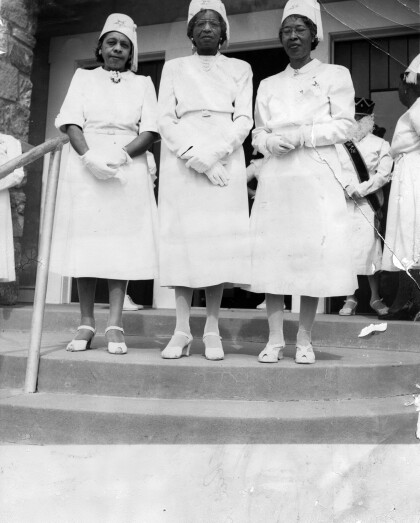
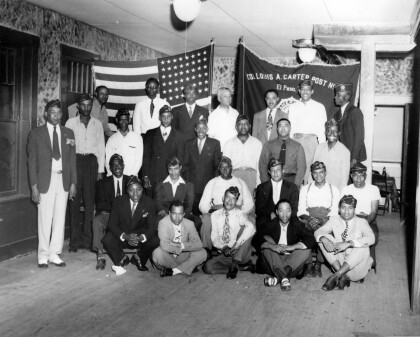
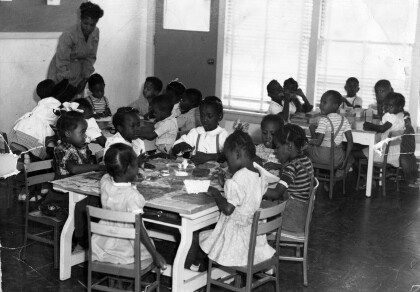
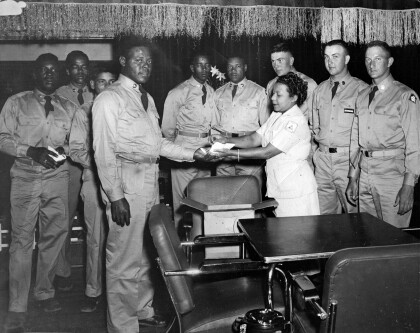
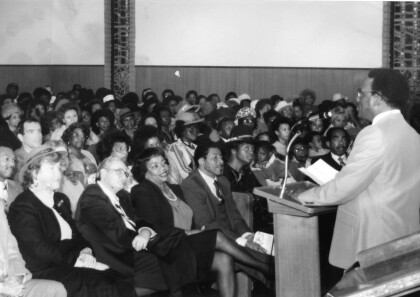
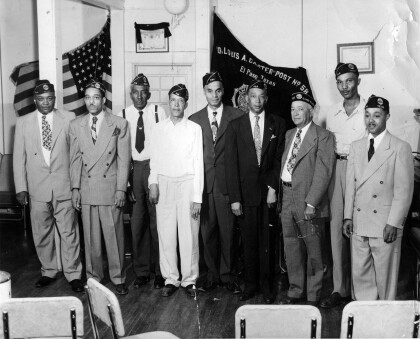
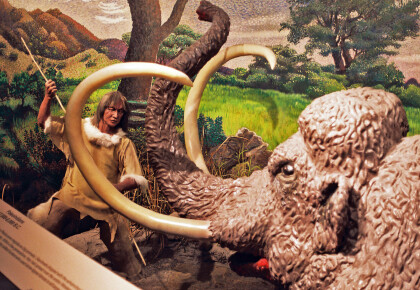
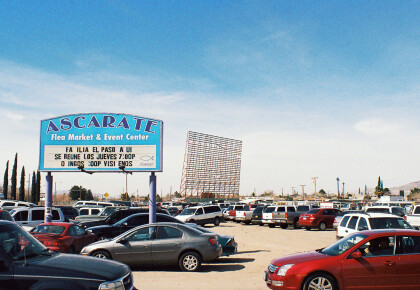
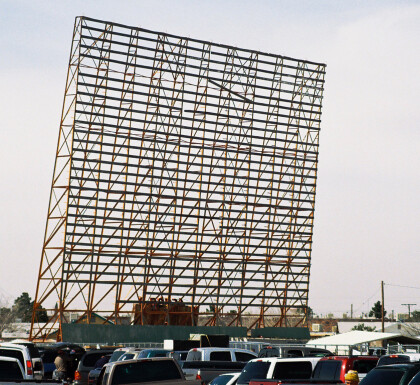
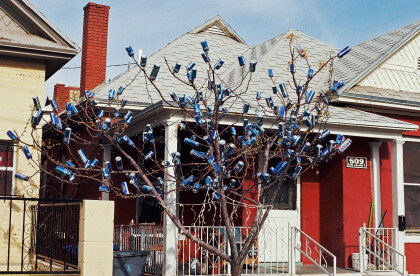
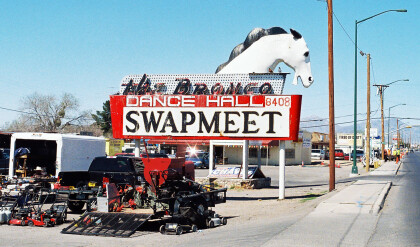
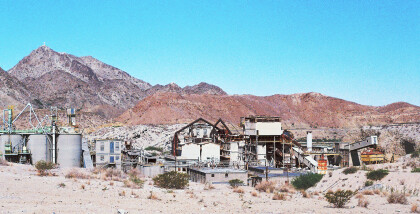
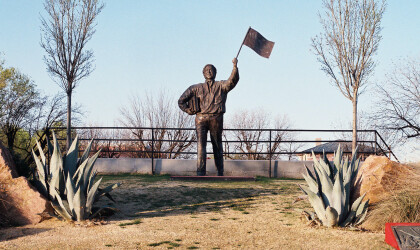
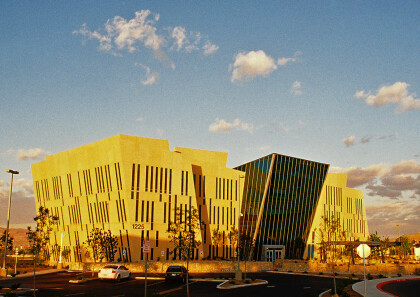
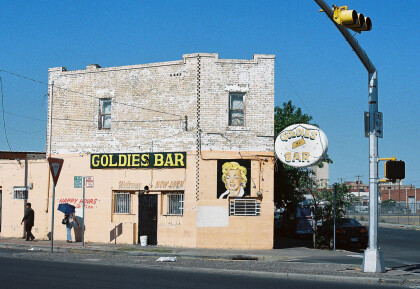
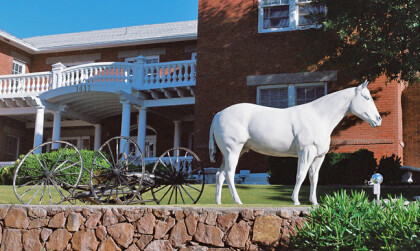
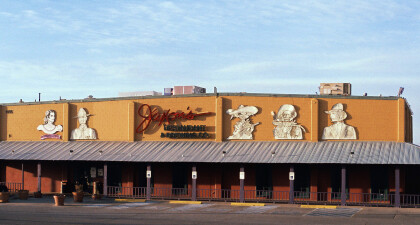
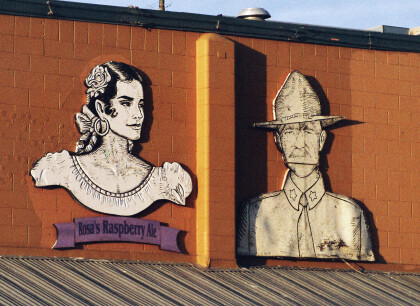
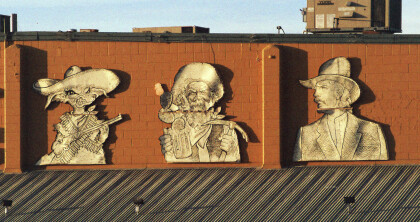
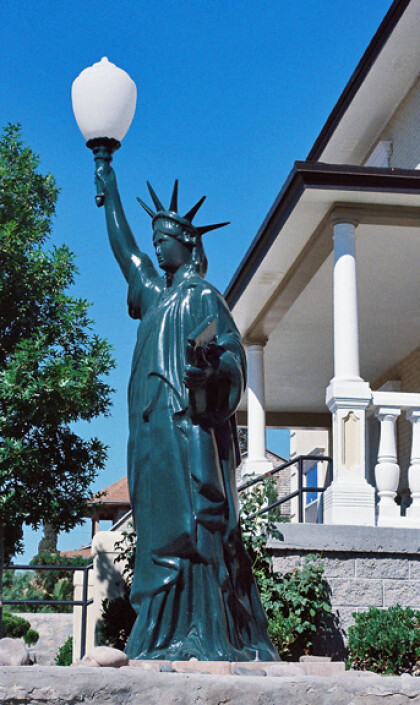

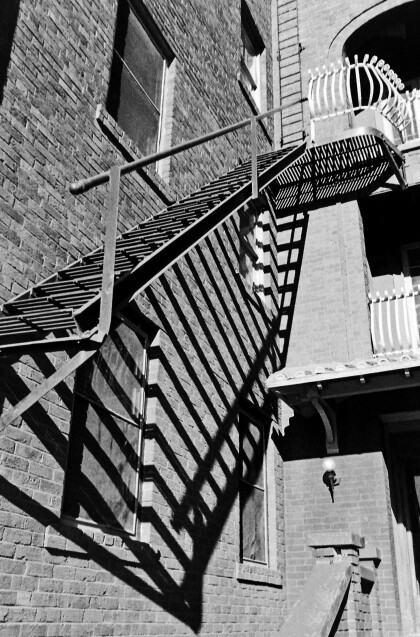
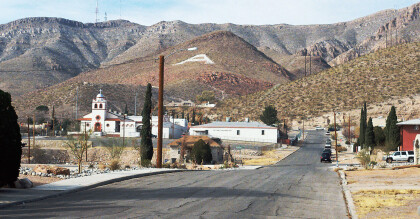
Comments
Add a comment